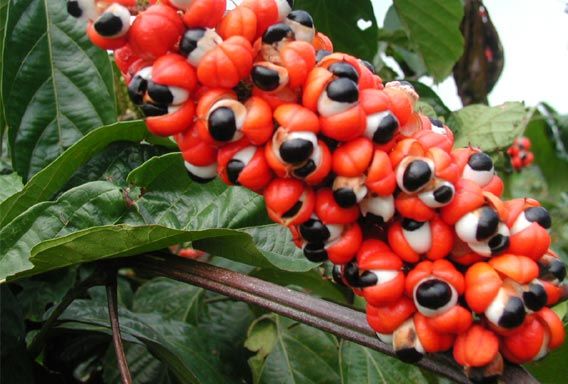To fully appreciate the wonders of Brazil one must understand some of the history and culture of the country. Brazil is so very much more than soccer and Carnaval.
I've decided to start posting monthly articles about either an aspect of Brazilian culture or a description of a historic figure or era in order to increase our members knowledge and appreciation of the incredible country.
================================================================
Lampião & the Cangaceiros (Brazil's version of the Wild, Wild West)
 photo - Lampião & Maria Bonita (Brazil's Bonnie & Clyde)
photo - Lampião & Maria Bonita (Brazil's Bonnie & Clyde)
Introduction
Between the late nineteenth and early twentieth centuries (beginning of the Republic), there emerged, in northeastern Brazil, groups of armed outlaws know as the "Cangaçeiros" (highwaymen). These groups appeared primarily as a result of the poor social conditions of the northeastern region. The plantations, which concentrated land and income in the hands of farmers, leaving the majority of the population on the margins of society.
Understanding The Cangaço
So, we can consider the highwaymen as a social phenomenon, characterized by violent behavior by the bandits. Those, who belonged to armed gangs, fear spread through the northeastern 'outback'. They promoted the looting of farms, attacking trains and kidnap farmers to obtain ransoms.
Those who respected and deferred to the orders of the bandits did not suffer, but rather were often helped by them. This attitude earned the outlaws the respect and admiration of the people of the time.
The bandits did not live in fixed locations. They had a nomadic life, moving from one city to another. Arriving in cities they asked the local residents for resources and help. Those who refused to help the gang suffered violent reprisals.
Because they refused to obey the laws set forth by the government, they were constantly harassed by the police. They wore leather clothes and hats to protect their bodies from the trails thorny vegetation the "Caatinga". They also possessed infinite knowledge the northeastern territory (water sources, grass, soil types and vegetation) which helped them to escape and cache their stolen loot.
There were many bands of outlaws. However, the most well known and feared at the time was controlled by Lampião (Comma Ferreira da Silva), also known by the nickname "King of Cangaço." Lampião's band of cutthroats was active in the northeastern hinterland during the 1920s and 1930s. He died in an ambush with his wife Maria Bonita and other outlaws, on July 29, 1938. All of the members of the gang were decapitated and their heads put on public display, because the government wanted to frighten the general population and thus discourage this practice in the region.
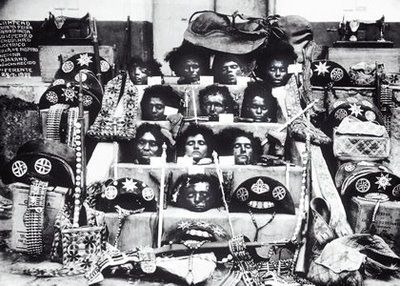
With the destruction of Lampião's band, other groups of bandits, already weakened, were disarticulated once and for all in the late 1930s.
=================================================================
If there are any aspects of the culture or historical periods you'd like to know about send my your request by PM and I will put it up as a monthly feature.
Cheers,
James
expat.com Experts Team









 photo - Lampião & Maria Bonita (Brazil's Bonnie & Clyde)
photo - Lampião & Maria Bonita (Brazil's Bonnie & Clyde)
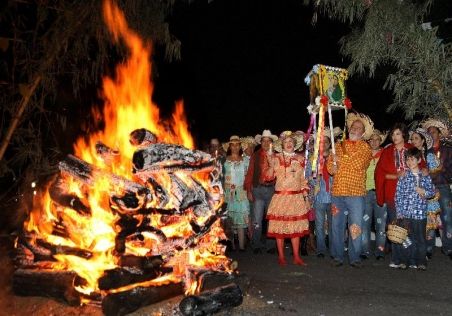
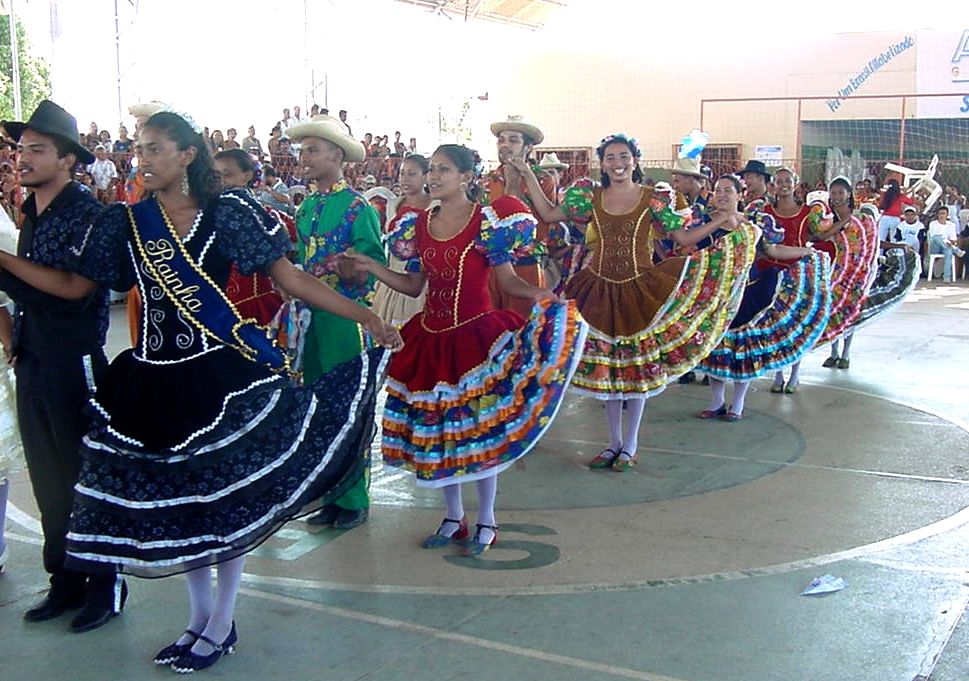 The quadrilha
The quadrilha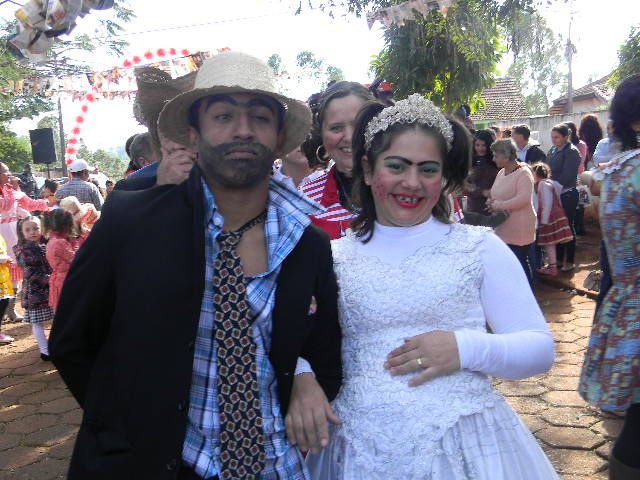 Casamento Caipira (Hillbilly Wedding).
Casamento Caipira (Hillbilly Wedding).